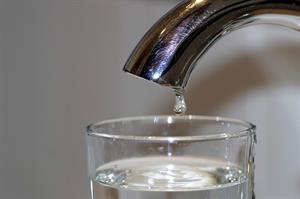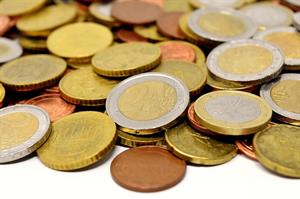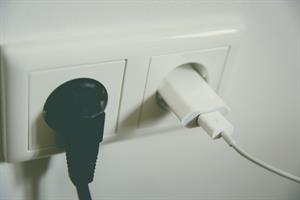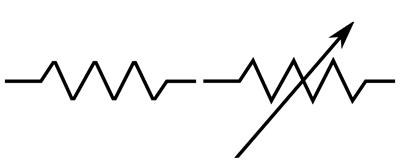PDF chapter test TRY NOW
Conductors:
In an electrical circuit, the connecting wires are used to connect the electrical components. These wires are usually made up of metals that allow the electric current to pass through them.
The materials which allow the electric current to pass through them are called Conductors. All metals are good conductors of electricity.
Example:

Tap water

Coins
Certain metals like copper, aluminium and steel have very much less or negligible resistance. Hence, they are called good conductors. Some other materials like nichrome, tin oxide offer high resistance to the electric current in a circuit. But still, these materials conduct electricity.

Copper, graphite and steel
Another category of materials that do not conduct electricity is known as insulators.
Insulators:
The materials that do not allow the electric current to pass through them are called Insulators. They are poor conductors of electricity.
Example:

Wood, rubber, paper, and plastic
The conductors and insulators play a major role in the safety of using electrical circuits.

Electric socket with plugs
Resistance of a material:
The resistance (R) is the measure of opposition offered by the component to the flow of electric current through it.
The amount of resistance will not be the same for all types of electrical components.
Unit of resistance:
The SI unit of resistance is the ohm, and it is denoted by the symbol \(Ω\).
The SI unit of resistance is the ohm, and it is denoted by the symbol \(Ω\).
One ohm is the resistance of a component when the potential difference of one volt applied across the component drives a current of one ampere through it.
Some other units of resistance are kilo-ohm, mega-ohm and giga-ohm.
Resistors:
The amount of current flow in a circuit can be controlled with the help of resistance.
The amount of current flow in a circuit can be controlled with the help of resistance.
The components that provide resistance to circuits are known as Resistors. In other words, a resistor is a conductor with a significant amount of resistance.
Resistors can be fixed or variable. Fixed resistors have a fixed or definite value of resistance, whereas variable resistors like rheostats obtain a desired value of resistance.

Symbol of a fixed resistor and variable resistor
